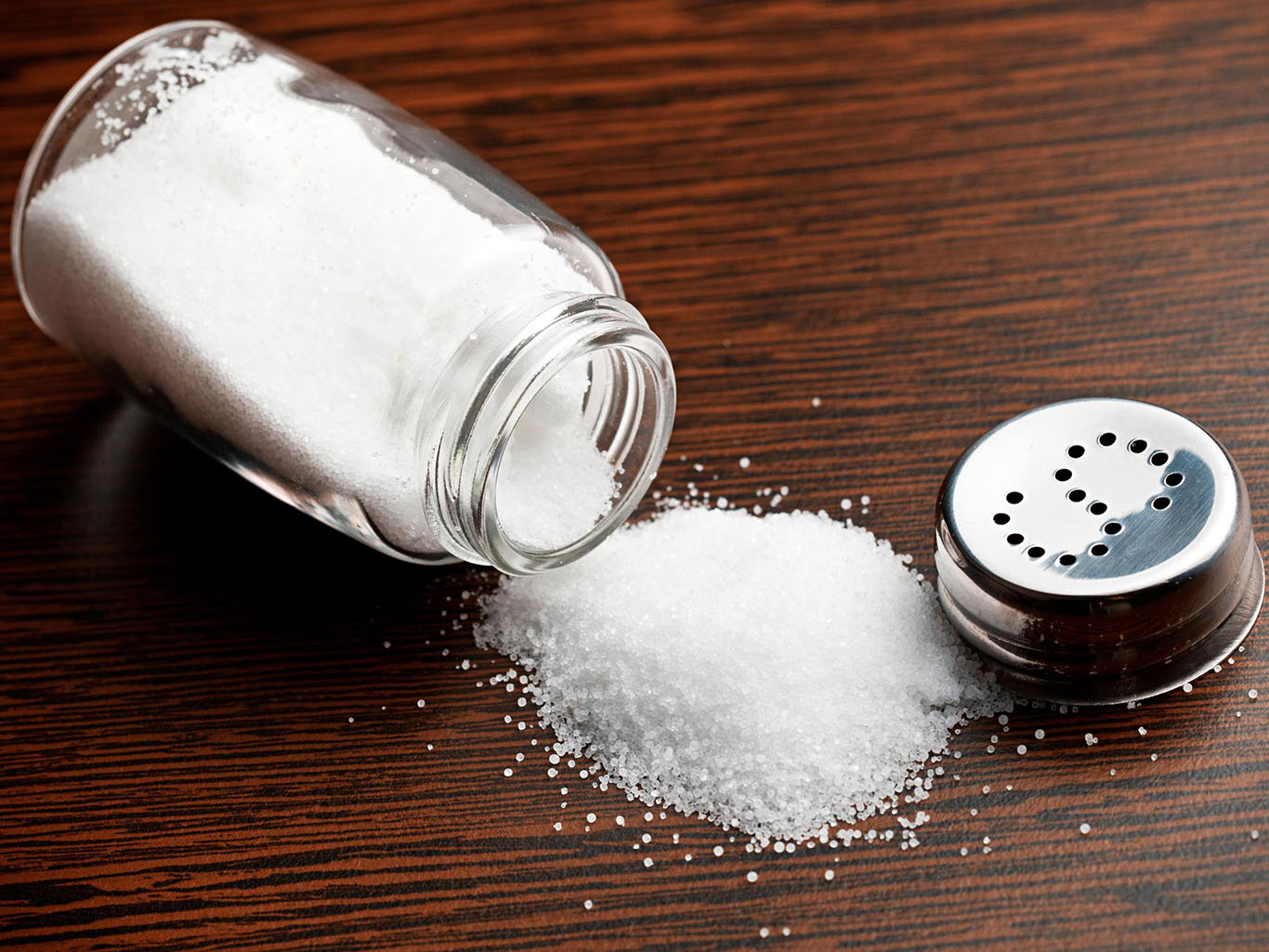
How to remove excess salt from the body: WHO recommends limiting salt intake to 5 g daily, the British National Health Service increases the permissible limit to 6 g.
This information was reported by Uapress, reports URA-Inform.
However, even a slight excess of the norm can be harmful. The reason is that salt can accumulate in the body. By attracting moisture to itself, it increases blood volume and, accordingly, the load on the heart, blood vessels, liver, and kidneys.
How to remove excess salt from the body
< p>The most obvious option seems to be to drink plenty of water, since liquid will dilute the salt and remove it through the kidneys. However, doctors note that in fact this method is questionable.
The human body is designed in such a way that the amount of water and the level of sodium in the body are interconnected. There is always approximately the same amount of sodium dissolved in body fluids (and other electrolytes, but they are not very important in this case). This indicator is called osmolarity.
In order for a person to remain healthy, osmolarity must remain within a certain, fairly narrow range. Therefore, when a person drinks and the amount of water increases, the body begins to retain sodium with all its might in order to maintain its concentration.
Thus, specifically drink water to get rid of excess salt, — not the best solution. There are much more effective and scientifically recognized methods.
1. Go to training
The more energetic it is, the faster and more you will sweat. This means you will begin to lose moisture. This will push your osmolarity beyond the healthy range, and your body will have to eliminate sodium to keep it within normal range. Salt is excreted along with sweat, so it has a characteristic taste.
2. Sit in a bathhouse or sauna
Unless, of course, you have some kind of disease for which such procedures are prohibited. The scheme for getting rid of salt here is the same as in the previous case. Due to high temperature, the body loses moisture, and after it removes sodium in order to maintain electrolyte balance.
3. Stay hydrated, but avoid sports drinks
If you actively sweat during training, you need to restore the amount of moisture in the body. At least to have something to sweat and to remove salt with. Additionally, if you lose too much fluid and don't replace it, you run the risk of dehydration and associated hypernatremia. This is the name for a dangerous condition in which sodium levels in the blood rise sharply: the body simply does not have enough moisture to keep osmolarity in the normal range.
So watch how much you drink during the day. On average, the norm is as follows:
— men should drink at least 3 liters of water per day;
— women — not less than 2.2 l.
4. Eat foods rich in potassium
It helps remove sodium from the body. This is noted by experts from the American Heart Association. And they recommend consuming potassium-rich foods to reduce salt levels:
banana;
avocado;
potatoes;
greens;
spinach;
mushrooms;
peas;
tomatoes and tomato juice;
oranges and orange juice;
plums, apricots and their juice;
raisins and dates;
skim or low-fat (up to 1%) milk;
low-fat yogurt;
tuna and halibut.
5. Try taking a diuretic
This could be an over-the-counter pill or herbal tea that has a diuretic effect. According to the American medical organization Mayo Clinic, such drugs help the kidneys quickly remove excess sodium from the body.
But under no circumstances drink diuretics, even if it's just herbal tea, on a regular basis. Their excessive consumption can lead to a critical decrease in sodium and potassium levels. And this is dangerous to health.
Recall that it was previously reported that this is a product that should be eaten every day.

